Hello mates!
Today I want to speak about great human invention which is.. a gunpowder. Truly one of the most amazing material that wasn't even expected to find out.
Gunpowder was not invented overnight, as far as historians can tell, it was a gradual process over hundreds of years to get from the initial discovery of an unknown explosive substance, to the sophisticated black powder that we know today.
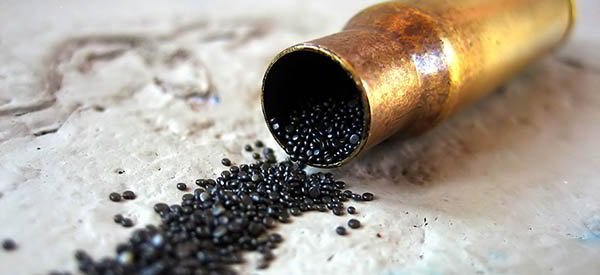
In 142 AD, during the Han Dynasty, a man named Wei Boyang wrote the first recorded text regarding gunpowder. He wrote about a concoction of three powders that would "fly and dance" violently in his “Book of the Kinship of the Three”, which detailed the experiments made by the early alchemists. It’s impossible to be absolutely certain that he was talking about gunpowder, but there is no other explosive known to scientists that uses three powders.
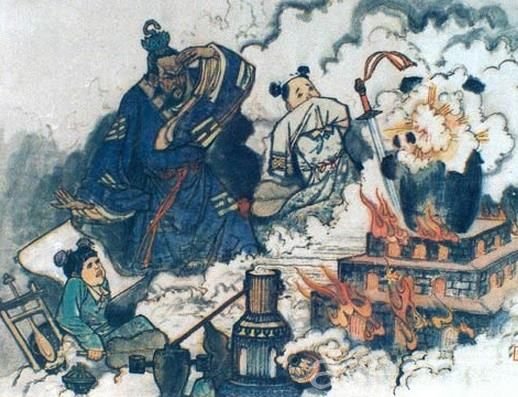
Chinese Taoist alchemists were certainly a major force behind the invention of gunpowder. Emperor Wu Di (156-87 B.C.) of the Han dynasty funded research by the alchemists on the secrets of eternal life. In their search for the elixir of life the alchemists experimented with the sulphur and saltpetre heating the substances in order to transform them.
By 300 AD, a scientist of the Chin dynasty called Ge Hong had actually written the ingredients of gunpowder and described the effects. He made gunpowder by mixing sulphur, charcoal, and saltpetre, also called potassium nitrate. Sulphur is found naturally in our environment as a yellow rock, it is mined and processed to create sulphur that can be used in gunpowder. You can make saltpetre with animal manure by leaving it to sit and decompose, potassium nitrate crystals form in the manure, and these can be drained off by washing the manure through with water. The three separate powders are then mixed together, using roughly fifteen parts of saltpetre to three parts of charcoal and two parts of sulphur. The reason gunpowder explodes is that it burns incredibly quickly and when it burns it releases hot gases that are larger in volume than the original powder, causing a rapid expansion, and thus the explosion.
It was during the rule of the T'ang Dynasty, about 700 AD, when people really began to use gunpowder in the way we expect today. T'ang Dynasty emperors are known to have used gunpowder to put on “magical” fireworks displays. By 904 AD, Chinese inventors realised that you could also use gunpowder as a very powerful weapon. Initially the army used gunpowder in the form of crude rockets. They put small stone cannonballs inside bamboo tubes and blasted the cannonballs out by igniting gunpowder at one end. This is basically the same principal that makes guns work today.
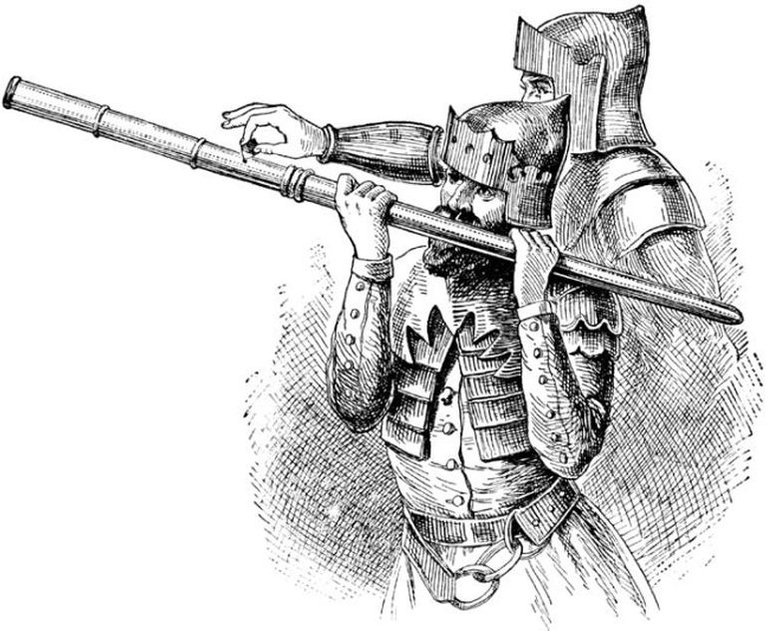
The fireworks were also used to accompany many festivities. It is thus a part of the culture of China and had its origin there. The art and science of firework making has developed into an independent profession. In China, pyrotechnicians were respected for their knowledge of complex techniques in mounting firework displays. Chinese people originally believed that the fireworks could expel evil spirits and bring about luck and happiness.
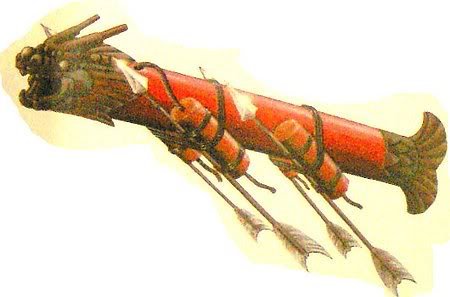
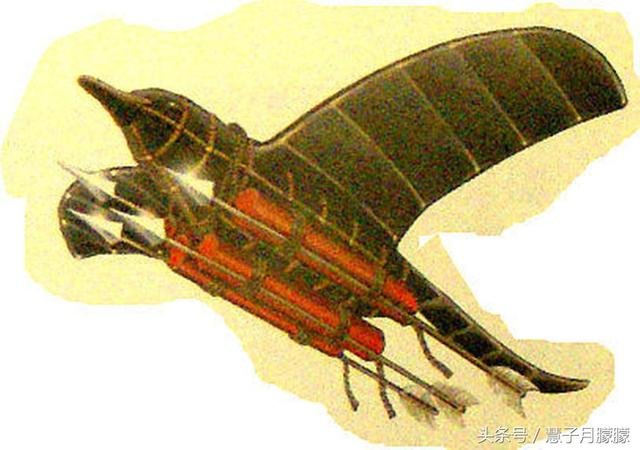
During the Song Dynasty (960–1279), many of the common people could purchase various kinds of fireworks from market vendors and grand displays of fireworks were also known to be held. In 1110, a large fireworks display in a martial demonstration was held to entertain Emperor Huizong of Song and his court.

The Chinese Emperors tried their best to keep their incredible discovery under wraps, but by the 1100's AD their secret had escaped, and people in the Islamic Empire also began to comprehend how to use gunpowder for weapons. It wasn't long before Europeans also learned how to use this amazing new Black Powder. We aren't sure exactly how the Europeans first found out, but it has been suggested that it may have had something to do with the Third Crusade, crusaders returning to Europe brought tales with them of a terrible new weapon, like a monster that could breathe fire! The Chinese Emperors’ secret was out, and the world had a new way of fighting its wars.

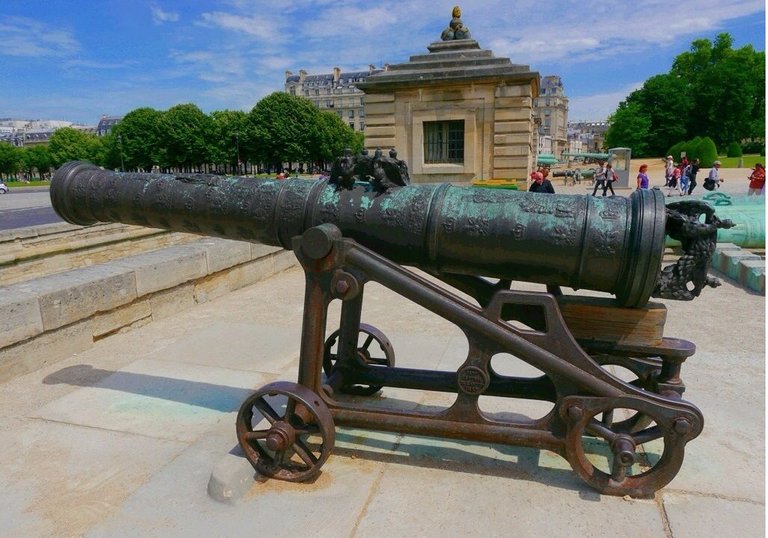
Prussian Cannon founded by Johann Jacobi 1700
The first metal cannon was the 'pot-de-fer'. Loaded with an arrow-like bolt that was probably wrapped in leather to allow greater thrusting power, it was set off through a touch hole with a heated wire. This weapon, and others similar, were used by both the French and English, during the Hundred Years' War, when cannon saw their first real use on the European battlefield. Even then, cannon were still a relatively rare weapon.
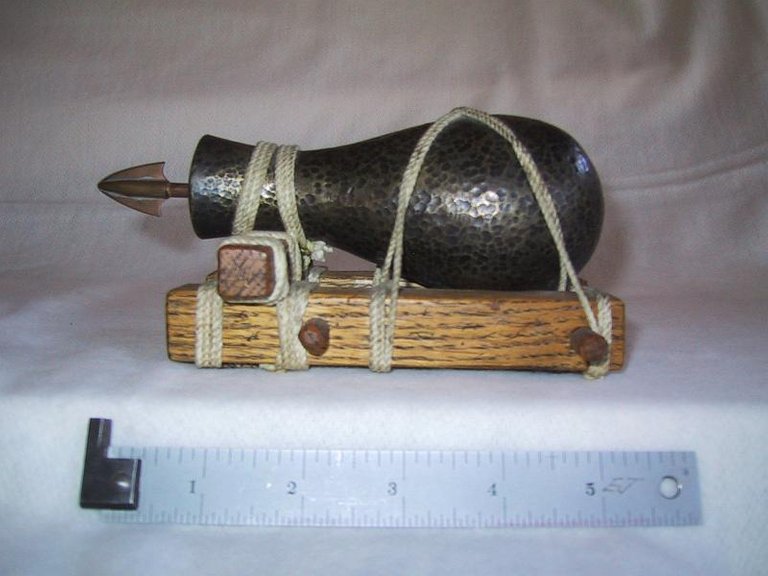
By the 16th century, cannon were made in a great variety of lengths and bore diameters, but the general rule was that the longer the barrel, the longer the range. Some cannon made during this time had barrels exceeding 10 ft (3.0 m) in length, and could weigh up to 20,000 pounds (9,100 kg). Consequently, large amounts of gunpowder were needed, to allow them to fire stone balls several hundred yards. By mid-century, European monarchs began to classify cannon to reduce the confusion. Henry II of France opted for six sizes of cannon, but others settled for more; the Spanish used twelve sizes, and the English sixteen. Better powder had been developed by this time as well. Instead of the finely ground powder used by the first bombards, powder was replaced by a "corned" variety of coarse grains. This coarse powder had pockets of air between grains, allowing fire to travel through and ignite the entire charge quickly and uniformly.
The end of the Middle Ages saw the construction of larger, more powerful cannon, as well their spread throughout the world. As they were not effective at breaching the newer fortifications resulting from the development of cannon, siege engines (such as siege towers and trebuchets) became less widely used. However, wooden "battery-towers" took on a similar role as siege towers in the gunpowder age (such as that used at siege of Kazan in 1552, which could hold ten large-caliber cannon, in addition to 50 lighter pieces).
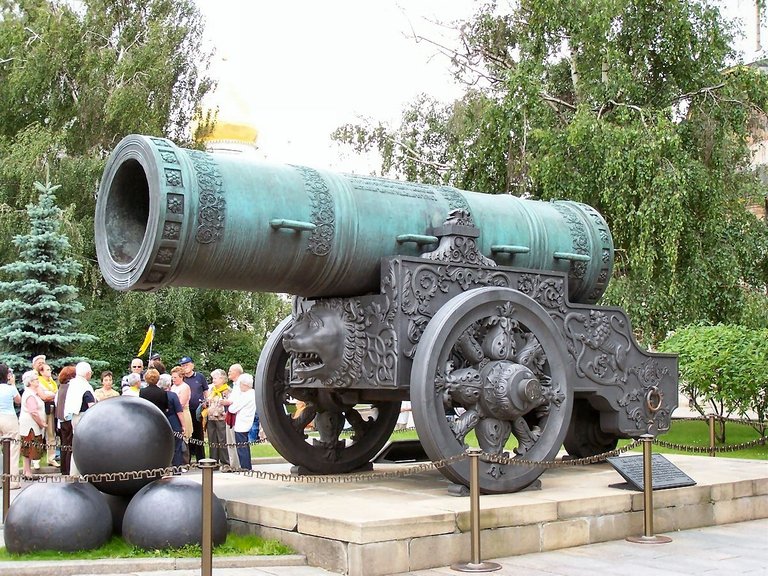
The Tsar Cannon, the largest howitzer ever made, cast by Andrey Chokhov
Another notable effect of cannon on warfare during this period was the change in conventional fortifications. Niccolò Machiavelli wrote, "There is no wall, whatever its thickness that artillery will not destroy in only a few days". Although castles were not immediately made obsolete by cannon, their use and importance on the battlefield rapidly declined. Instead of majestic towers and merlons, the walls of new fortresses were thicker, angulated, and sloped, while towers became lower and stouter. These new defenses became known as "star forts," after their characteristic shape. A few of these featured cannon batteries, such as the Tudors' Device Forts, in England. Star forts soon replaced castles in Europe, and, eventually, those in the Americas, as well.
..jpg)
Deal Castle on the East coast of Kent (England)
.jpg)
Castle Pendennis (England)
An autocannon is a cannon with a larger caliber than a machine gun, but smaller than that of a field gun. Most nations use these rapid-fire cannon on their light vehicles, replacing a more powerful, but heavier, tank gun. A typical autocannon is the 25 mm "Bushmaster" chain gun, mounted on the LAV-25 and M2 Bradley armored vehicles. Autocannon have largely replaced machine guns in aircraft, due to their greater firepower.
Modern artillery is most obviously distinguished by its long range, firing an explosive shell or rocket and a mobile carriage for firing and transport. However, its most important characteristic is the use of indirect fire, whereby the firing equipment is aimed without seeing the target through its sights.
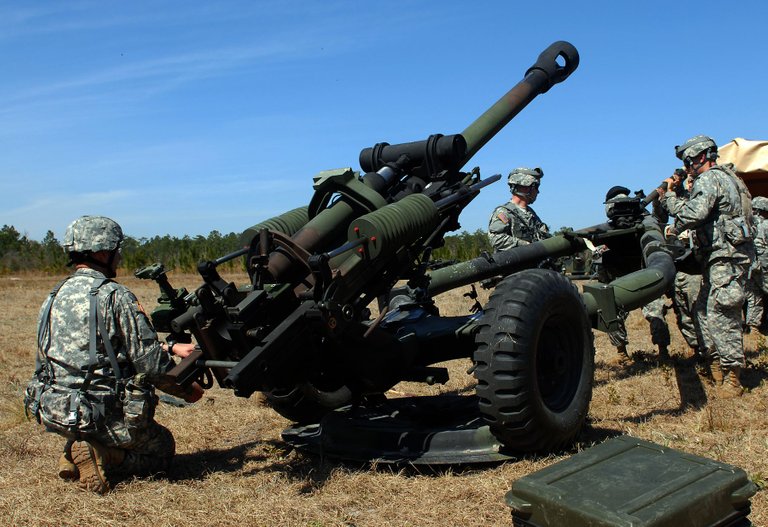
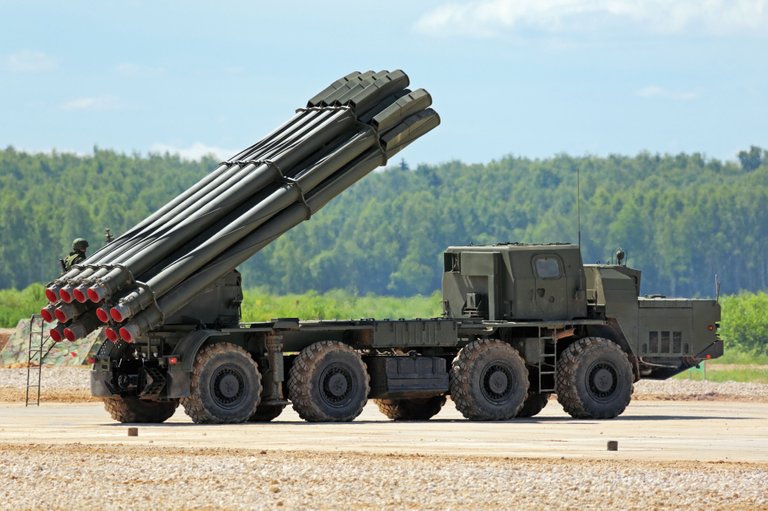
KAR1
Weapons covered by the term 'modern artillery' include "cannon" artillery (such as howitzer, mortar, and field gun) and rocket artillery. Certain smaller-caliber mortars are more properly designated small arms rather than artillery, albeit indirect-fire small arms. This term also came to include coastal artillery which traditionally defended coastal areas against seaborne attack and controlled the passage of ships. With the advent of powered flight at the start of the 20th century, artillery also included ground-based anti-aircraft batteries.
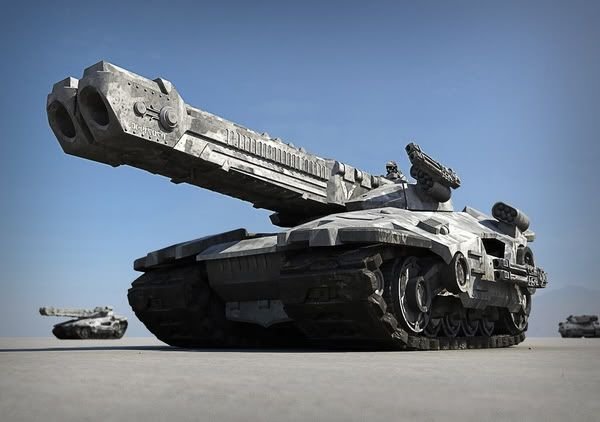
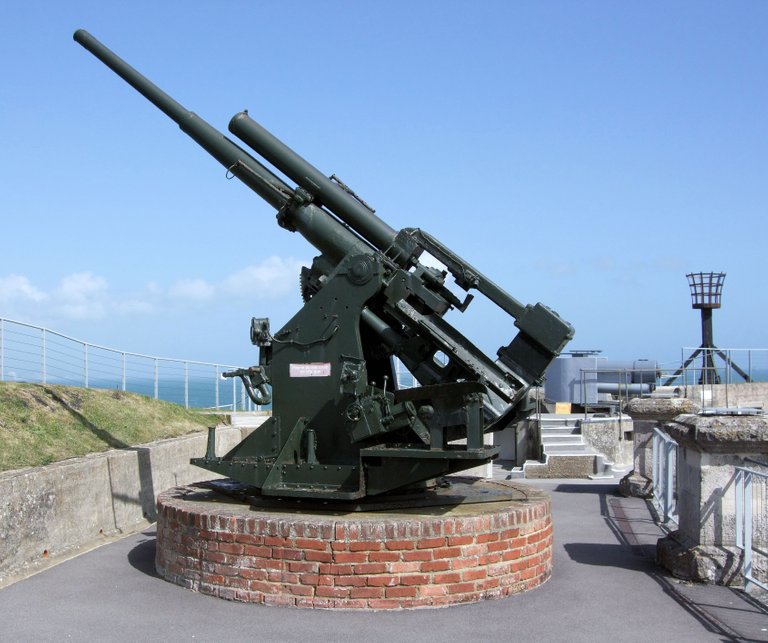
Anti-Aircraft Gun, Nothe Fort, Weymouth
There is no doubt that the use of gunpowder in warfare changed the face of the world forever. It became possible to engage an enemy at greater distances than before, and as accuracy and range improved over time, so did the sophistication of the weapons. From crude rockets to cannon to hand guns and bombs. Even today long after the first rocket was ever fired, the same basic principles apply. Advancements in technology mean that gunpowder itself is now only used in smaller arms. However anyone today firing a gun can thank the work of the early Chinese alchemists who, ironically, in their search for eternal life, discovered the most efficient way of ending it.
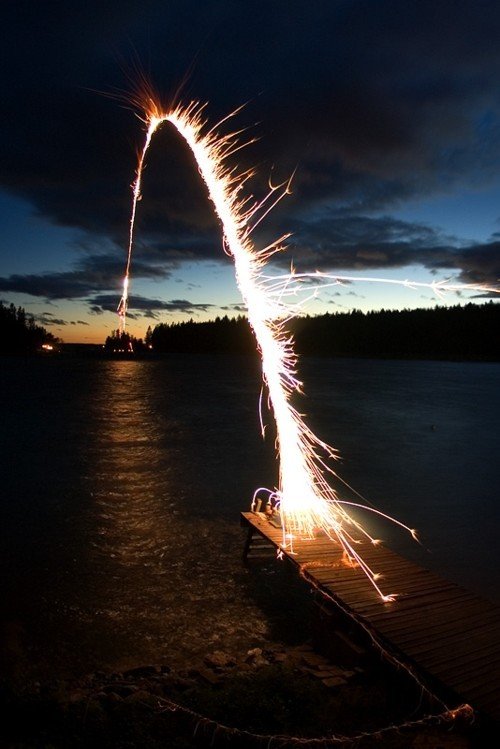
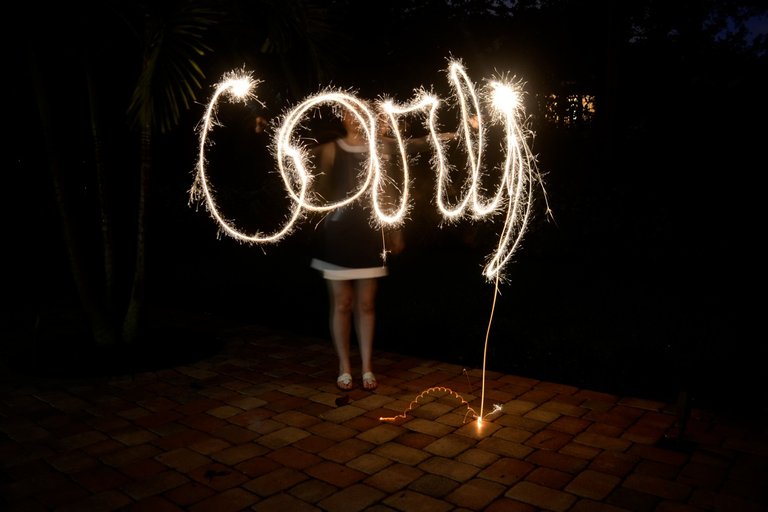
Thank you for reading my text, I know it's a bit too long, but maybe someone found pleasure in this.
If you like please follow me, I'll be truly thankful!
Send yr comments and see you soon!
@catamity

Congratulations @catamity! You received a personal award!
You can view your badges on your Steem Board and compare to others on the Steem Ranking
Do not miss the last post from @steemitboard:
Vote for @Steemitboard as a witness to get one more award and increased upvotes!
Congratulations @catamity! You have completed some achievement on Steemit and have been rewarded with new badge(s) :
Click on any badge to view your own Board of Honor on SteemitBoard.
For more information about SteemitBoard, click here
If you no longer want to receive notifications, reply to this comment with the word
STOPCongratulations @catamity! You received a personal award!
Click here to view your Board